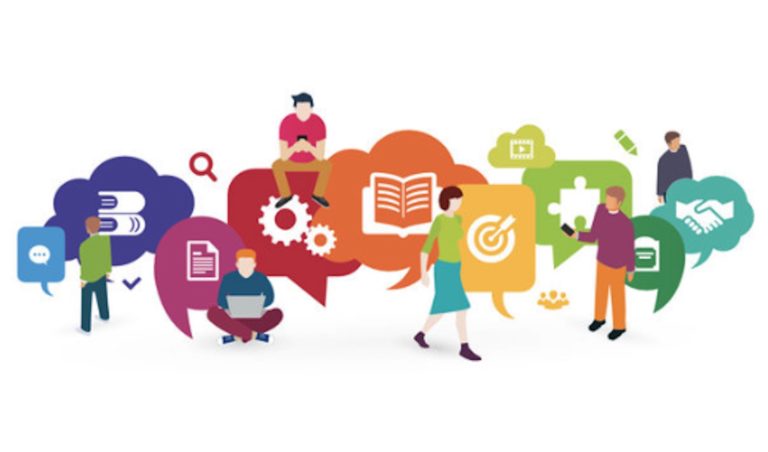During this period of big challenges, we have never stopped looking forward, and we are preparing for the next opportunities offered by the world of European design. In this regard, today we want to give you some information on the next Erasmus+ call regarding the KA2 Strategic partnership projects, especially in the field of youth. On October 1st at 12:00 (Brussels time) it will be possible to present, among others, the Strategic partnership in the field of youth, which are an important opportunity for those of us who deal with empowerment of young people and youth workers.
What is it about?
First of all, we specify that these are international projects, which require the participation of at least 2 partner organizations from 2 different program countries (do you want to know if your country is a program country? Consult the list of eligible countries )
As for the maximum, it is not established by the EU, but the budget is calibrated on a maximum of 10 partners. However, we remind you that inserting too many partners could be risky for the approval of the project, unless a good motivation is clearly indicated (the choice of the consortium must always be motivated in the project proposal).
The aim of these projects is precisely the international collaboration between different bodies / organizations in order to exchange good practices or produce innovative contents of relevance for the European Union in this area (on the difference between these two aspects we will focus later).
The duration of the projects can be from 6 to 36 months. Keep in mind that for the projects presented for the next deadline of October 1st, the start must be between February 1st and May 31st, 2021.
For this type of projects, the EU has established horizontal priorities (i.e. that belong to all strategic partnerships) and some specific priorities for the field of youth. In the project proposal you will be asked to indicate at least 1 horizontal priority and a specific one. Below is a summary list of priorities, which are detailed in the Erasmus + guide
HORIZONTAL PRIORITIES (for all the Strategic partnerships)
- Supporting opportunities for all in acquiring and developing key competences, including basic skills
- Social inclusion
- Common values, civic engagement and participation
- Environmental and climate goals
- Innovative practices in a digital era
- Supporting educators, youth workers, educational leaders and support staff
- Transparency and recognition of skills and qualifications
- Sustainable investment, quality and efficiency of education, training and youth systems
- Social and educational value of European cultural heritage, its contribution to job creation, economic growth and social cohesion.
FIELD SPECIFIC PRIORITIES (for strategic partnerships in the field of youth)
- Engaging, connecting and empowering young people
- Contributing to quality and innovation in Youth Work and its recognition
- Promoting entrepreneurship and creative learning and social entrepreneurship among young people.
Each national agency will communicate the specific priorities of each country, on which its project is worth focusing.
The activities that can be included in this type of projects are varied, local and international.
Participating organizations will receive a specific budget for project management and implementation (monthly), international mobility for transnational project meetings and exceptional costs.
Furthermore, specific types of mobility are envisaged for this type of project:
Short term joint staff training events: this is mobility for Youth Workers, of short duration, from 3 days to 2 months.
Long term mobility of youth workers: always for youth workers, but with a longer duration, from 2 to 12 months.
Blended mobility of learners (short term physical mobility combined with virtual mobility): intended for young people, which can last from 5 days to 2 months.
For all these types of mobility there is a travel budget (which depends on the distance between the countries) and a daily amount for the subsistence and activities of the participants, called individual support.
As we said before, an important difference must be taken into consideration: between the projects for the exchange of good practices and those for innovation. This second type of project in fact includes an added value: the partnership must be aimed at producing innovative Intellectual Output which must then be spread on the local territory through multiplier events. For this reason, for innovation projects they will have two more items than the budget, Intellectual Outputs and Multiplier events in fact. BE CAREFUL: although the deadline for strategic partnerships is the same in all program countries, the choice to open the call for partnerships for the exchange of good practices or for innovation depends on the individual national agencies of each country. For example, in Italy, the October deadline will only be for good practice exchange projects.
How to submit your application? Through the website of the National Agency of your country National Agency
Would you like to know about this topic? Would you like to apply for a project or participate as a partner? Contact us here https://ormasite.it/ormaeurope/
LEARN MORE ABOUT L’ORMA AND HOW WE CAN COLLABORATE!
RELATED ARTICLES



